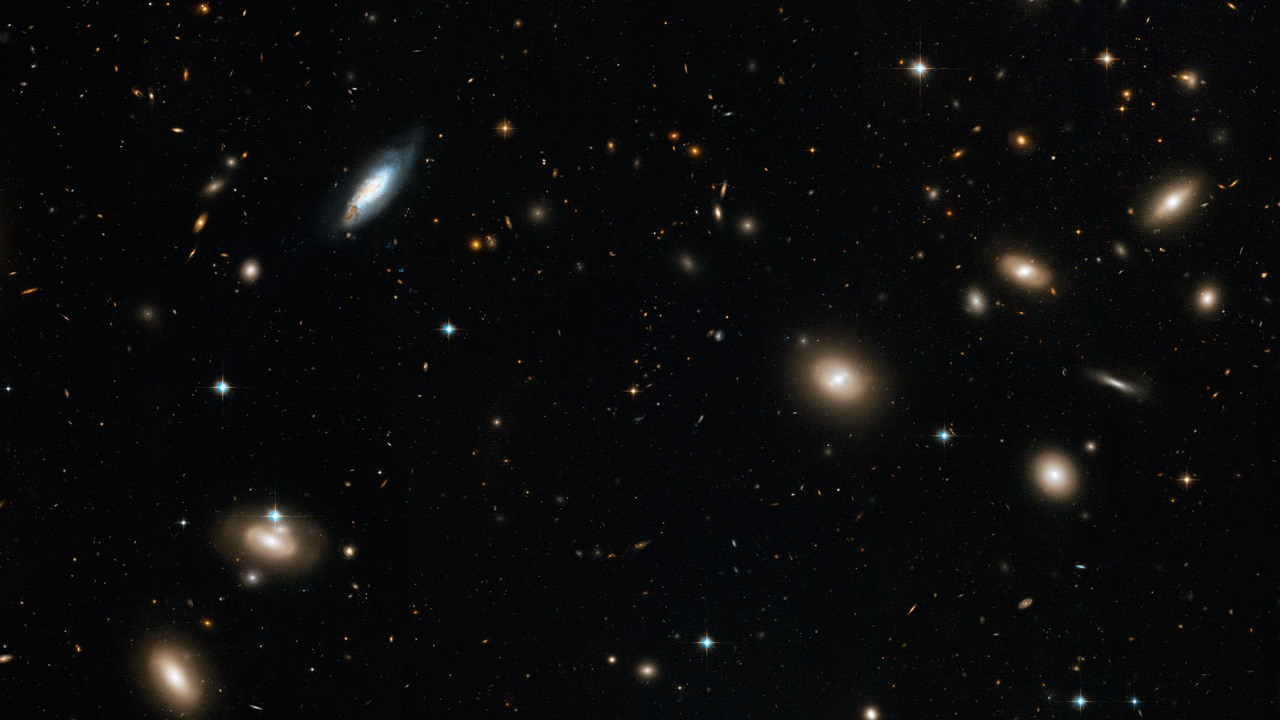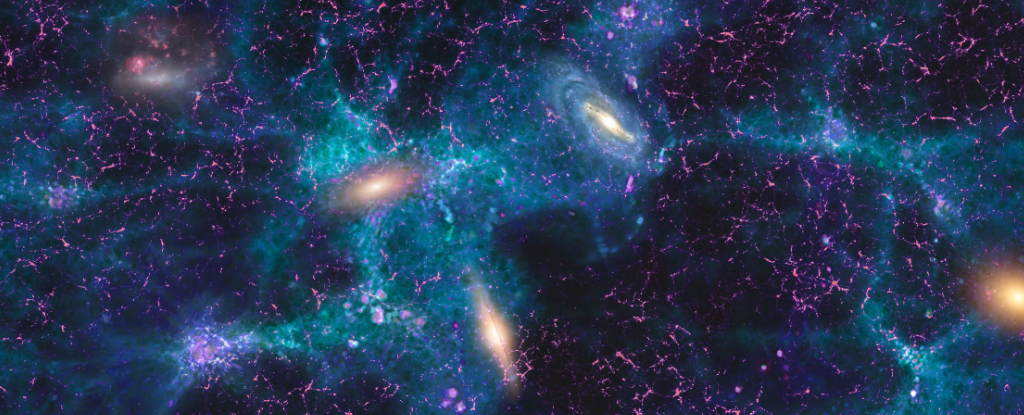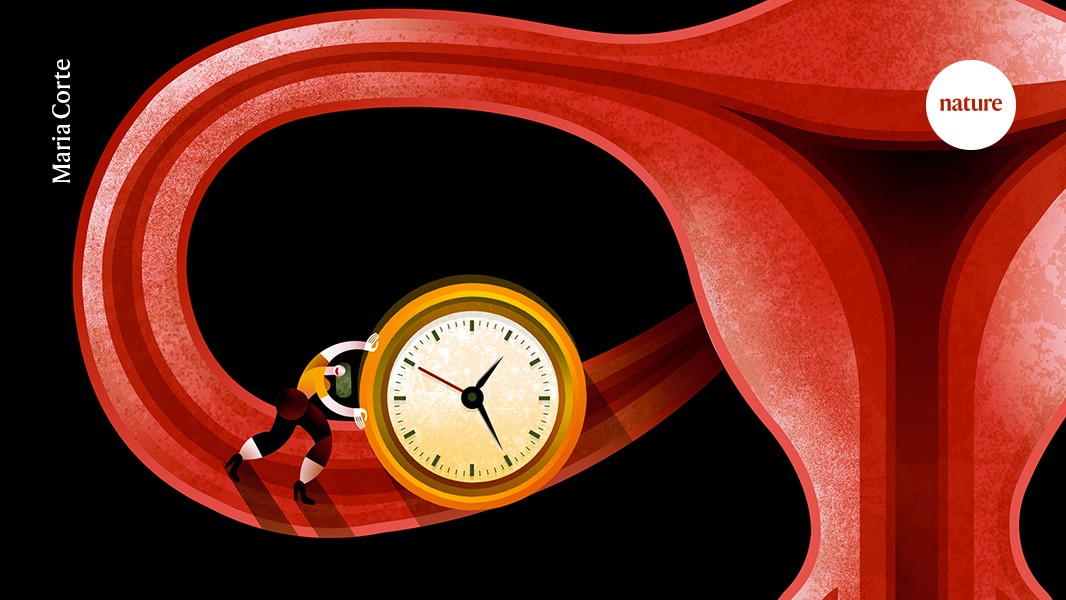Why does Trump hate this tiny fish so much?
Earlier this month, as wildfires tore through Los Angeles, killing at least 25 people and forcing well over 100,000 people to evacuate, or try to, then-President-elect Donald Trump decided to point his ire toward a fish. Not the severe Santa Ana winds that fueled the fires. Not the unusually dry weather. Not the steady march […]


Earlier this month, as wildfires tore through Los Angeles, killing at least 25 people and forcing well over 100,000 people to evacuate, or try to, then-President-elect Donald Trump decided to point his ire toward a fish. Not the severe Santa Ana winds that fueled the fires. Not the unusually dry weather. Not the steady march of home development into fire-prone areas.
A fish.
In a January 8 post on Truth Social, President Trump blamed California Gov. Gavin Newsom, a Democrat, for depriving the LA region of water because he wanted to protect “an essentially worthless fish called a smelt.” Trump chided Newsom for not approving a water restoration declaration that doesn’t exist, per Newsom’s office. He also implied that protections for the delta smelt — a small fish species found only in the Sacramento-San Joaquin River Delta, an expansive wetland in Northern California — caused some fire hydrants to run dry in parts of LA. (Earlier this week, fire hydrants in the Pacific Palisades neighborhood ran dry, not because the city had no water but because of water pressure and other infrastructure issues.)
The delta smelt was also the subject of a memo that Trump published on his first day in office, in which he directed the Interior and Commerce departments to route more water from the delta “to other parts of the state.” The memo — titled “Putting People over Fish: Stopping Radical Environmentalism to Provide Water to Southern California” — similarly implies a connection between smelt protections and LA’s catastrophic fires.
This isn’t the first time that Trump has bad-mouthed this fish. For nearly a decade now, the incoming president has claimed that he can solve California’s incredibly complex water problems by simply undoing regulations designed to help the delta smelt skirt extinction, as E&E News’s Jennifer Yachnin has reported. Those problems are not rooted in drought, Trump claims, but in Democratic rules that restrain private interests. In reality, rising temperatures have made California’s droughts even drier.
Other GOP leaders and conservative hosts have also targeted the smelt, including former Alaska Gov. Sarah Palin. In a 2011 speech, she blamed delta smelt protections for “destroying” people’s lives in the Central Valley. “A faceless government is taking away their lifeline, water, all because of a 3-inch fish,” Palin said. “Where I come from, a 3-inch fish, we call that bait.”
A few years before, right-wing commentator Sean Hannity dedicated a full episode of his primetime show to the delta smelt. In front of a crowd in the Central Valley, he told his audience that “farms in this once fertile area have dried up all because the government has put the interest of a 2-inch minnow before all the great people that you see out here tonight.”
Why do right-wing leaders have so much beef with this humble little fish?
The delta smelt is basically extinct
The delta smelt is no polar bear or tiger. It looks like every other nondescript small fish. But worthless? That’s not only rude but inaccurate.
Silver and slender, the delta smelt is endemic to the Sacramento-San Joaquin River Delta, meaning it’s found nowhere else on Earth. And for most of its time on our planet — likely thousands of years — it was a linchpin in the delta ecosystem, according to Andrew Rypel, an aquatic ecologist at the University of California Davis.
“Everything ate it,” he said, from salmon, to sharks, to people. “The species, historically, had a tremendous value. It provisioned energy for the whole food web.”
The smelt used to be one of the most common species in the estuary, Rypel said. But starting around the mid-20th century, the fish began a perilous decline, in step with the broader faltering health of the delta. Invasive clams and mussels were introduced and competed with the fish for food. Runoff from farmland polluted the water. And billions of gallons of water were — and continue to be — pumped out of the delta and delivered to farms and cities, including San Francisco.

These fish can get killed directly by the water pumps, Rypel said, if they get sucked in or stuck on the intake filter. More importantly, decades of pumping and diverting water have changed the levels, temperature, and salinity of the water, dramatically altering the habitat to which smelt have adapted.
“We are putting the ecosystem in a perpetual state of drought through water extraction, and increasingly also with climate change,” said Rypel. “The droughts are longer and more sustained. The smelt just can’t handle that.”
Their populations have mostly perished.
In the ’90s, the delta smelt was listed as threatened under the federal Endangered Species Act and under state law. In 2009, California upgraded the fish’s status to endangered, and their numbers appear to have only dwindled since then. While these fish can be difficult to detect, wildlife surveys in the estuary have failed to turn up a single delta smelt in recent years. That’s why experts like Rypel describe them as “functionally extinct” — meaning they’re so rare they effectively provide no function in their ecosystem, such as feeding predators. Rypel guesses there are less than 100 of them left in the wild. (As a last-ditch effort to save the species, UC Davis breeds the fish in captivity on land.)
Why Trump cares — or rather, doesn’t — about the delta smelt
In an effort to stave off extinction, the delta smelt is protected under both state and federal law. Those protections limit to a small extent when and how much water can be pumped from the delta, in order to provide the fish with adequate freshwater and reduce impingement — when fish get trapped against intake valves. Under these rules, more water flows out to sea. Much bigger pumping restrictions, however, have more to do with ensuring that saltwater doesn’t move upstream and make the water unusable for cities and farms, according to UC Davis law professor Karrigan Börk.
Farmers don’t love these restrictions, especially during times of drought. Rules crafted to help the fish can limit how much water farmers receive to irrigate their crops (though things like drought and efforts to limit salinity have a far greater impact on how much water flows to California farmland). Hoping to gain more political support, Trump and other right-wing leaders have over the years criticized the regulations, blaming them — and, in turn, the fish — for the hardship felt by farmers, a key part of their political base. This makes sense. The modern Republican Party has a history of criticizing the Endangered Species Act. Trump, for his part, won the election for presidency on a platform that promised deregulation, especially as it pertains to environmental protections.

Ultimately, Trump’s hostility toward this fish is not actually about a fish. It’s about boosting the perspective that regulations are bad for everyday Americans. As Tufts University sociologist Caleb Scoville put it this summer, “Statements about the Delta Smelt are made politically powerful through links to partisan positions that have little, if anything, to do with water.”
It is hardly surprising then that Trump blamed a powerful Democratic governor and regulations as reasons that LA is burning.
To be clear, they are not.
Under Gov. Newsom’s leadership, California did sue the Trump administration in 2020 for trying to send more water to central and southern California from the delta. Then-state attorney general Xavier Becerra alleged in the suit that such actions would endanger fish including the delta smelt and Chinook salmon. But water restrictions in the delta meant to prevent fish from going extinct have nothing to do with LA’s catastrophic fires. For one, the problem wasn’t a lack of water. Plus, most of the city’s water doesn’t even come from Northern California, as Alastair Bland reported in CalMatters.
The Metropolitan Water District, one of the sources that supplies LA, “has the most water stored in its system in the history of the agency,” Mark Gold, water scarcity director for the Natural Resources Defense Council and a board member of the Metropolitan Water District of Southern California, told Bland earlier this month.
The delta smelt is a red herring. What is a legitimate question, however, is why should California and the federal government protect a species that’s essentially extinct?
The fish is still hanging on, Rypel suspects. So improving the health of the estuary can help the existing individuals survive — it could stave off extinction. It also makes ongoing efforts to reintroduce captive-bred smelt more likely to succeed.
Increased freshwater flow benefits other species, too, including the highly valued Chinook salmon and the related longfin smelt, both of which are in decline. In July, the US Fish and Wildlife Service listed the San Francisco delta population of longfin smelt as endangered. And again, outflow from the delta also prevents saltwater from spreading inland and threatening drinking water — and crops.
“In California, 83 percent of our native fishes are at risk of extinction,” Rypel said. “All of these native California species are going the way of the delta smelt. It’s just that the smelt is happening faster.”
Indeed, the delta smelt is just one part of a much broader trend. A new study in the journal Nature found that one in four freshwater species are at risk of extinction globally.
“We’ve actually been very effective at engineering water and getting more efficient with water use,” Rypel told me. “It’s just we haven’t figured out how to have ecosystems at the same time.”
Update, January 21, 11 am: This story, originally published on January 10, has been updated to include information from a memo issued by President Donald Trump on his first day in office regarding water in California.
What's Your Reaction?




















![[FREE EBOOKS] Hacking and Securityy, The Kubernetes Book & Four More Best Selling Titles](https://www.javacodegeeks.com/wp-content/uploads/2012/12/jcg-logo.jpg)





















![AI in elementary and middle schools [NAESP]](https://dangerouslyirrelevant.org/wp-content/uploads/2025/01/NAESP-Logo-Square-1.jpg)








































